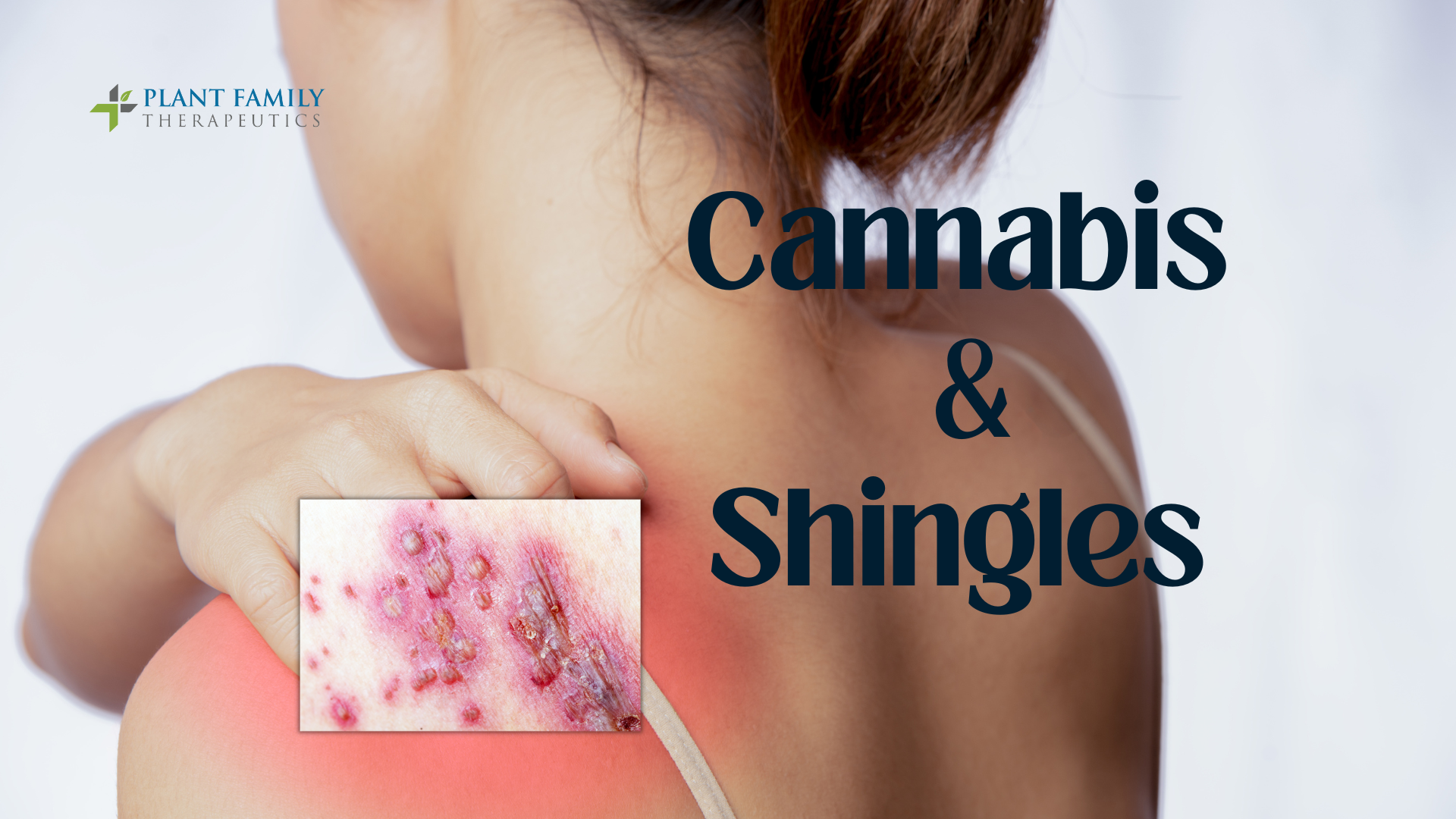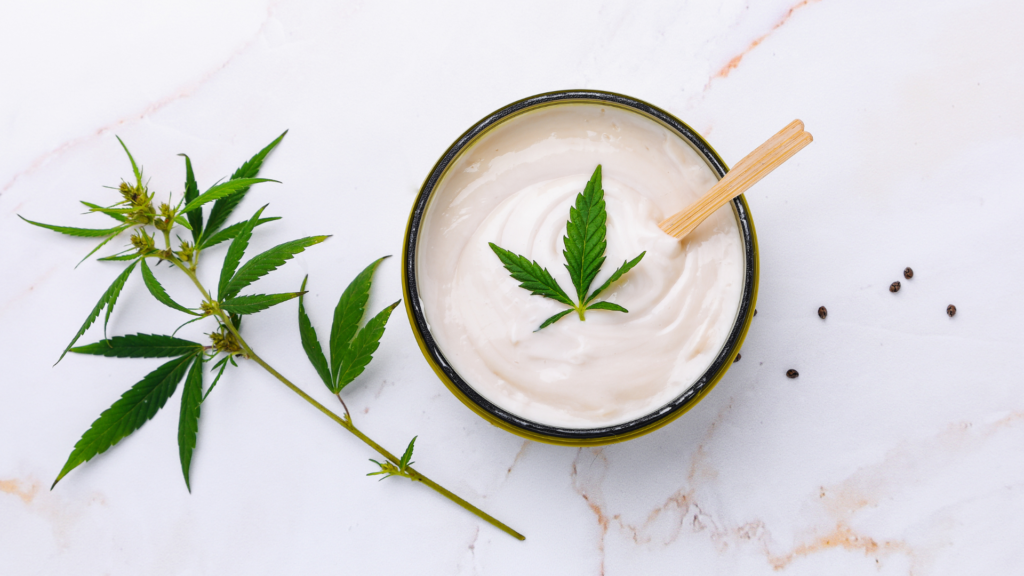This website requires you to be 21 years or older to enter. Please confirm your age below to continue.

Most of us do not remember getting chickenpox as young children, and we should be very grateful for that. Chickenpox is a nasty, itchy, blister-like rash that can spread from your face and chest to encompass the body, generally lasting two weeks.
Unfortunately, the chickenpox virus (Varicella) remains in the body even after recovery and later in life can rear its ugly self again in the form of shingles (Herpes Zoster). Although shingles and chickenpox are caused by the same virus (to start with), they are not the same illness.
How contagious is it?
Chickenpox (Varicella) is very contagious. The virus can spread by breathing in the viral particles that come from the blisters. It can also be spread by direct contact with the fluid of skin lesions. A person with chickenpox can spread the disease from 1 to 2 days before they get the rash until all their chickenpox blisters have formed scabs.
Shingles (Herpes Zoster) cannot be passed from one person to another. Someone with an infectious shingles rash can spread chickenpox if the other person has never had chickenpox. However, someone with shingles will not cause another person to develop shingles.
How can the disease be prevented?
There is a vaccine given to children at one year of age and older healthy adults that can help prevent the chickenpox virus. Otherwise, the best way to prevent the spread is by avoiding infected persons. If you have the virus, avoid contact with others, cover the rash, avoid touching and scratching the rash, and wash your hands often.
Cannabis and shingles research
Although research on cannabis and shingles is extremely limited, there is a long history dating back as far as 1851 (U.S. Pharmacopeia) showing the use of cannabis to manage the symptoms of the condition.
A very small study found that using cannabis as a topical application reduced the nerve pain associated with shingles in 5 of the 8 participants. While other studies, not specifically shingles but neuropathic pain in general, report that there is substantial evidence that cannabis is an effective treatment of chronic pain including neuropathic pain.
What we do know
Our endocannabinoid system (ECS) works to help with several processes including how we perceive pain. The ECS consists of fatty-based neurotransmitters that include anandamide (AEA) and 2-arachidonoylglycerol (2-AG). These endocannabinoids can be increased or decreased in our bodies and serve a variety of medical purposes by binding to cannabinoid receptors CB1, CB2, and transient receptor potential or TRP receptors.
The skin contains large amounts of cannabinoid receptors as well as AEA in the primary skin cell, skin nerve fibers, hair follicles, sweat glands, and sebaceous (oil) glands. And because of the ECS presence in the skin, it is a great target for treating itching (pruritis), eczema, acne, epidermolysis bullosa, skin cancer, and more.
So, what does this mean? This means that these receptors play a role in reducing pain in the nerves of the skin as well as reducing inflammation.
When our ECS is functioning correctly, our internal cannabinoids activate CB1 receptors when needed to reduce pain signals and our perception of pain. By stimulating CB2 receptors, we are also reducing pain signaling that is present in nerve fibers and sensory neurons. This is relevant because CB1 and CB2 receptors are present in the nerves that are malfunctioning causing pain. So, by stimulating these receptors we can make an impact on neuropathic pain.
Cannabis not only helps with pain but offers relief from extreme itching by binding to cannabinoid receptors and TRP channels in the skin. In addition, research shows that cannabis has the ability to regulate the immune system and affect its interaction with viruses and bacteria.

CBD and Shingles
The ongoing research on CBD suggests – CBD can interact with our serotonin receptors, signaling to the brain to reduce pain sensations. CBD’s ability to modulate immune response and inflammation may make it a useful tool in tackling the nerve pain associated with shingles.
Research supports CBD’s ability to soothe inflammation in various health conditions and act on CB1 and CB2 receptors to reduce sensitivity to pain. CBD reportedly helps ease nerve pain associated with shingles, despite a lack of research explicitly examining its effectiveness.
Many positive benefits of cannabis on shingles can be found in topicals, which act directly on cannabinoid receptors in the skin to address localized pain. Balms, creams, or salves with higher amounts of CBD may soothe pain and relieve some itching associated with shingles rashes.
THC and CBD for shingles
Both THC and CBD are shown to reduce pain perception and inflammation in topicals that work directly on the skin and from smoking low-dose THC, which can give immediate results. Anecdotally, patients report positive benefits from edibles for managing pain, which offers longer and more potent effects versus smoking.
Take away
Shingles cause pain by attacking nerve cells. While there is no cure for shingles, cannabis seems to be a positive benefit for many by aiding in the relief of pain and itching that is associated with the condition.
As research continues, scientists are learning more about how medical cannabis can help shingles patients, as well as coming closer to a cure for this painful disease. Many patients with shingles have found relief through cannabis, which is approved for chronic pain in most medical cannabis states. Speak with your doctor to find out if medical cannabis might be right for you.
References
Atalay, S., Jarocka-Karpowicz, I., & Skrzydlewska, E. (2019). Antioxidative and Anti-Inflammatory Properties of Cannabidiol. Antioxidants (Basel, Switzerland), 9(1), 21. https://doi.org/10.3390/antiox9010021
Boychuk, D. G., Goddard, G., Mauro, G., & Orellana, M. F. (2015). The effectiveness of cannabinoids in the management of chronic nonmalignant neuropathic pain: a systematic review. Journal of oral & facial pain and headache, 29(1), 7–14. https://doi.org/10.11607/ofph.1274
Caterina, M. J., & Pang, Z. (2016). TRP Channels in Skin Biology and Pathophysiology. Pharmaceuticals (Basel, Switzerland), 9(4), 77. https://doi.org/10.3390/ph9040077
Eagleston, L. R., Kalani, N. K., Patel, R. R., Flaten, H. K., Dunnick, C. A., & Dellavalle, R. P. (2018). Cannabinoids in dermatology: A scoping review. Dermatology Online Journal, 24(6). https://doi.org/10.5070/D3246040706
Eberlein, B., Eicke, C., Reinhardt, H. W., & Ring, J. (2008). Adjuvant treatment of atopic eczema: assessment of an emollient containing N-palmitoylethanolamine (ATOPA study). Journal of the European Academy of Dermatology and Venereology : JEADV, 22(1), 73–82. https://doi.org/10.1111/j.1468-3083.2007.02351.x
Hanus, L., Breuer, A., Tchilibon, S., Shiloah, S., Goldenberg, D., Horowitz, M., Pertwee, R. G., Ross, R. A., Mechoulam, R., & Fride, E. (1999). HU-308: a specific agonist for CB(2), a peripheral cannabinoid receptor. Proceedings of the National Academy of Sciences of the United States of America, 96(25), 14228–14233. https://doi.org/10.1073/pnas.96.25.14228
Koppel, B. S., Brust, J. C., Fife, T., Bronstein, J., Youssof, S., Gronseth, G., & Gloss, D. (2014). Systematic review: efficacy and safety of medical marijuana in selected neurologic disorders: report of the Guideline Development Subcommittee of the American Academy of Neurology. Neurology, 82(17), 1556–1563. https://doi.org/10.1212/WNL.0000000000000363
Lee, G., Grovey, B., Furnish, T., & Wallace, M. (2018). Medical Cannabis for Neuropathic Pain. Current pain and headache reports, 22(1), 8. https://doi.org/10.1007/s11916-018-0658-8
Mücke, M., Phillips, T., Radbruch, L., Petzke, F., & Häuser, W. (2018). Cannabis-based medicines for chronic neuropathic pain in adults. The Cochrane database of systematic reviews, 3(3), CD012182. https://doi.org/10.1002/14651858.CD012182.pub2
Phan, N. Q., Siepmann, D., Gralow, I., & Ständer, S. (2010). Adjuvant topical therapy with a cannabinoid receptor agonist in facial postherpetic neuralgia. Journal der Deutschen Dermatologischen Gesellschaft = Journal of the German Society of Dermatology : JDDG, 8(2), 88–91. https://doi.org/10.1111/j.1610-0387.2009.07213.x
Russo E. B. (2008). Cannabinoids in the management of difficult to treat pain. Therapeutics and clinical risk management, 4(1), 245–259. https://doi.org/10.2147/tcrm.s1928
Tahamtan, A., Tavakoli-Yaraki, M., Rygiel, T. P., Mokhtari-Azad, T., & Salimi, V. (2016). Effects of cannabinoids and their receptors on viral infections. Journal of medical virology, 88(1), 1–12. https://doi.org/10.1002/jmv.24292